
Check Out Your Plant Options
Goji berry is the fruit of Lycium barbarum and Lycium chinense- very healthy, tasty and unique. Goji berries have a mildly tangy taste that is slightly sweet and sour. The whole, dried berries have a similar shape and chewy texture to raisins. Goji are considered super foods because of their medical benefits and have been used for many years in traditional Chinese medicines. They are rich in antioxidants and protein, and are a good source of Vitamin C. The juice and the dried berries are used for improving blood circulation, protecting the liver, promoting weight loss and longevity and for preventing the risk of cancer. The plants are self-fruiting, pest resistant and low maintenance. For the best results plant them in location that gets some sun and some shade throughout the day and water them regularly.
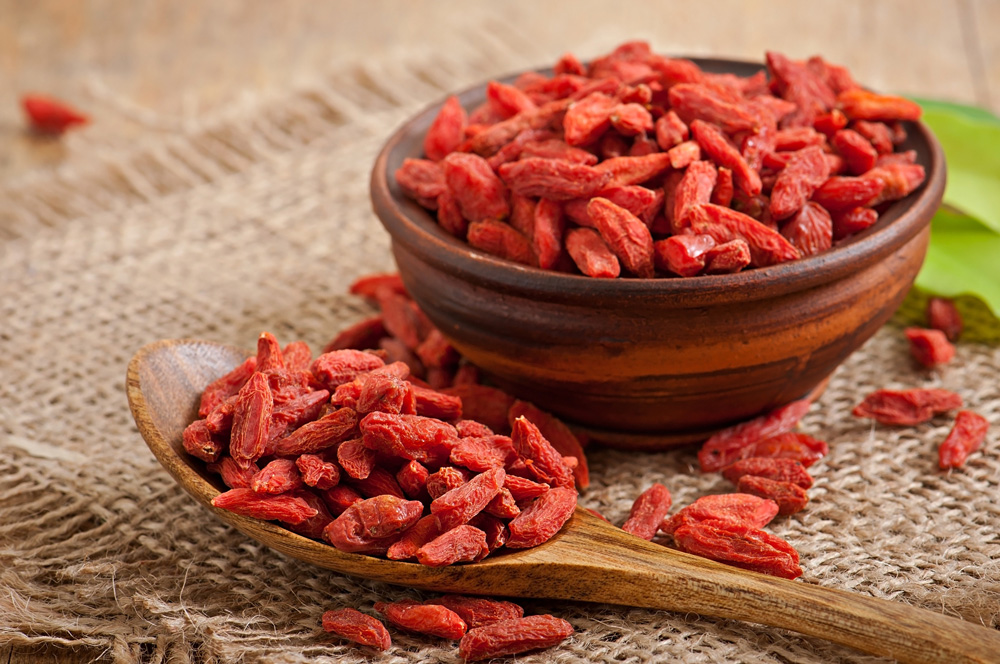
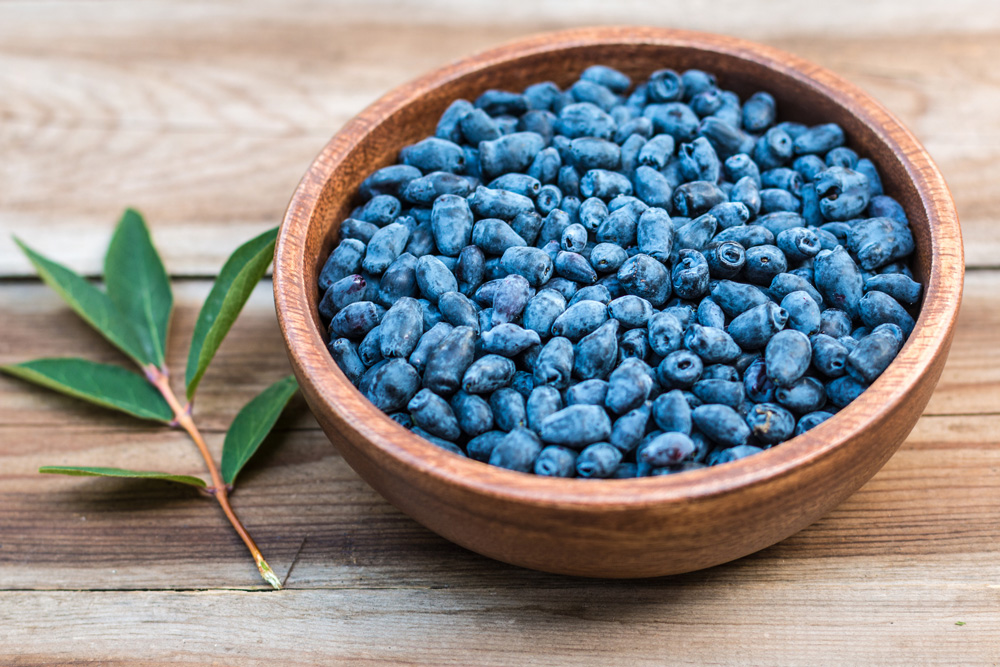
Commonly called the honeyberry, the haskap berry means the 'berry of long life and good vision.' Hardy (zone 2) and very easy to grow, the haskap berry tolerates a wide range of exposures, soil types and pH levels. The fruit of these delicious berries looks like a cross between a blueberry and a long grape but tastes like a mix of raspberries and blueberries with a kiwi texture. Haskap is known for having a high level of antioxidants, even higher levels than blueberries. The fruit may be used for jams, preserves, baking, juices, or just eaten fresh. The plants require cross-pollination in order to produce fruit and prefers rich, moist, yet well-drained soil. Additionally, placing them in a spot that gets full to part sun will help produce an early, abundant crop.
Dwarf cherries are hybrids and can come as a sour or sweet cherry. These hybrids are a sun loving, small, hardy versions of a cherry tree. They are self-fruitful, can be planted in containers, and will survive in a variety of soils. They adapt to well-drained, sandy loam or loam soils types with a preferred pH between 6.5 and 8. Adding organic material to the soil can be essential if you are working with clay or sand. Dwarf cherries can be planted in zones 2-8 and are good for eating fresh, freezing, canning, juicing or baking.


With flavors that range from mildly sweet to tart and tangy its no wonder blueberries are considered a super food. They are bursting with nutritional value and are called 'The King of Antioxidants.' Small, delicious and low in calories makes this fruit an easy and convenient snack. To produce fruit blueberry plants need to cross pollinate; be sure to plant them with a partner. Fruit starts arriving anywhere between May and August, depending on local climates, and will start green and gradually turn into a dark blue.
Raspberries are the third most popular berry, following right after strawberries and blueberries. Raspberries belong to the rose (Rosaceae) family of plants, which houses some of the world's most beloved fruits. The diversity of antioxidant and anti-inflammatory nutrients in raspberries is truly remarkable. They are also absolutely delicious! Find a sunny, well drained area, top it with a couple inches of compost and plant your raspberry plant. Care for it correctly and it will provide fruit for years to come.

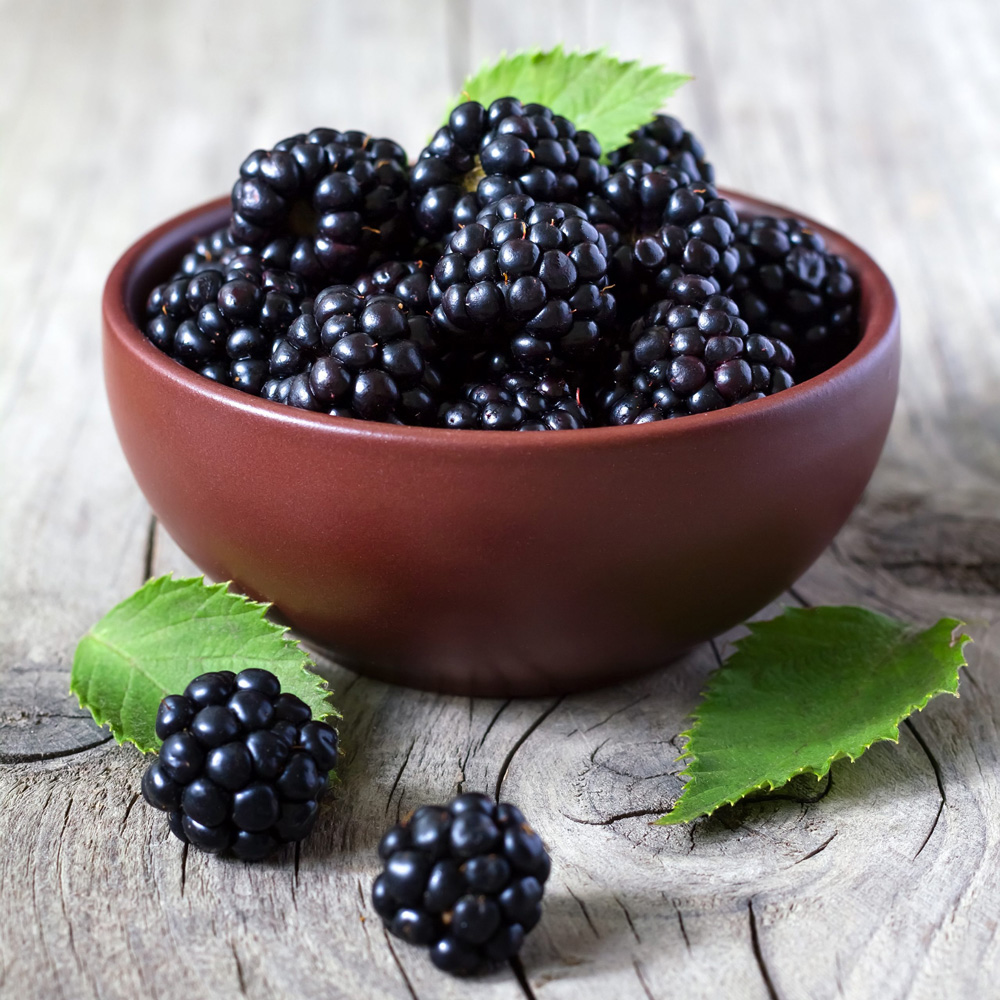
These sweet and succulent fruits are summer delicacies in many regions. The soft and delicate fruit grows on thorny bushes or trailing vines. Blackberries are packed with nutrients and are full of vitamins, minerals, and antioxidants. Those powerful nutrients have been shown to have beneficial health effects against cancer, aging, inflammation and neurological diseases like Dementia and Alzheimer. The glossy look on a blackberry shows it's ready to eat, if there sheen is fading, they are past their peak but still good for jellies and jams. Plant them in a sunny, well drained area for a more productive crop.
The chokeberry is an interesting native shrub that has high ornamental and practical value. This plant has interesting features for all seasons: pretty white flowers in spring, nice glossy, green foliage in summer, showy autumn colour as the leaves turn red to orange, and it has clusters of berries that create an interesting contrast against the orange leaves in autumn. Fruits have medicinal qualities, being rich in antioxidants and anthocyanins. The berries are not ideal tasting though certainly edible, many prefer consuming them as juice, jelly, syrup, wine, jam, as a tea or in salsa.
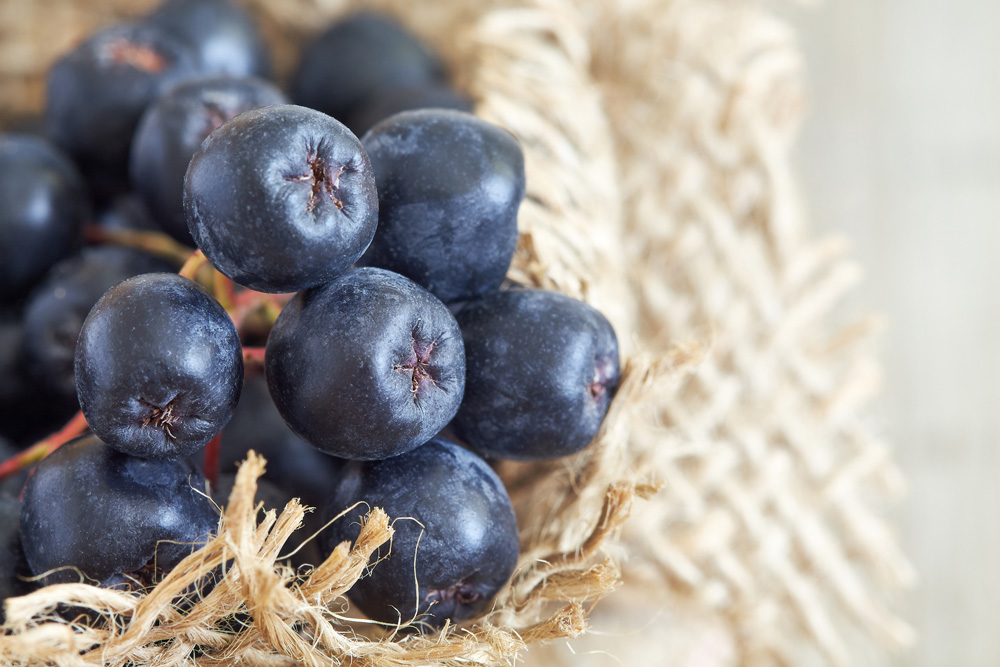

Rhubarb is a perennial herb grown for its attractive, succulent, rose red, edible, leafy stalks. It is one of the easiest plants to grow and can last for many years once established. The stalks are ready for harvesting in their second year reaching a sizable thickness of 1-2 inches. Rhubarb is very rich in vitamins and minerals and can be used in sauces, preserves, jellies, jams, syrups, juice and it is very popular in pies and crumbles, especially when paired up with strawberries. Don't bother eating the leaves as they are toxic- just the stalks are edible and remember the redder the better.
Strawberries are considered one of the most important of all the small fruit. It grows both as a wild or cultivated plant. The best way to eat a strawberry is fresh but they can be frozen, made into preserves, dried, used in prepared foods, baking, and juices. Some of the newer varieties out there are ever-bearing, providing fruit all summer long!

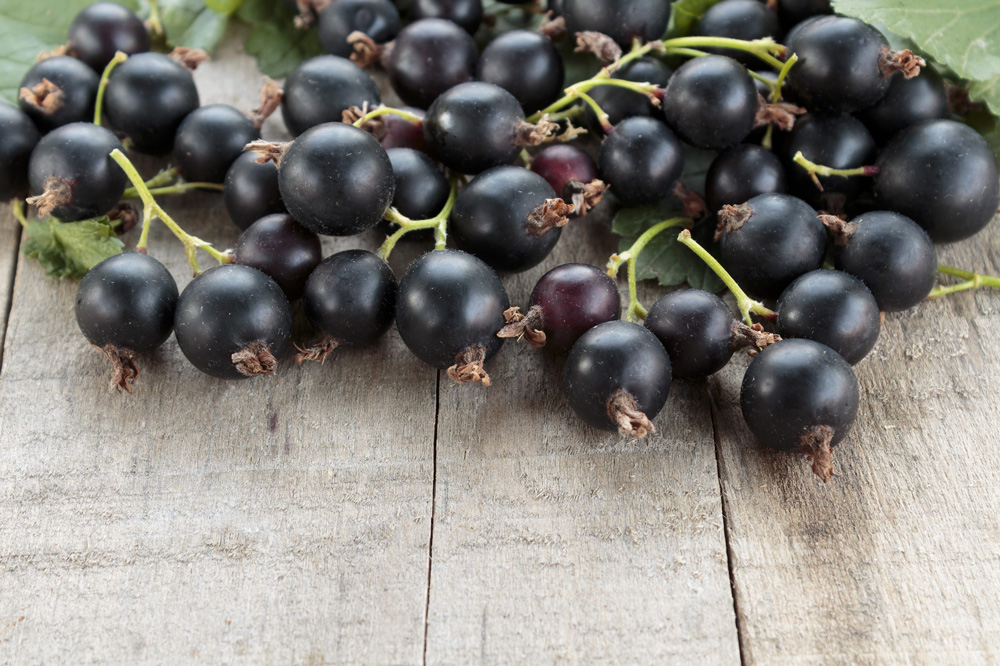
Jostaberry is a complex-cross fruit bush. It is a mixture of a black currant, black gooseberry, and European gooseberry. This complex combination has provided the world with a rich flavoured, disease resistant, vigorous growing plant that has no thorns. They are great eaten fresh, in jams, jellies, and pies.
Gooseberries are a wild species. Like currants, gooseberries grow best in regions where summers are humid but winter is severe and chilling. They come in many shapes, colours, and a variety of tastes. They can be round, oval, pear-shaped or elongated, green, white, yellow, purple, red-brown or black, sweet and tart. Their outer surface can be smooth or fuzzy with conspicuous veins. They can be eaten fresh or cooked, and used in baking, jams, jellies, or juice. Gooseberries are low in calories, so go crazy!
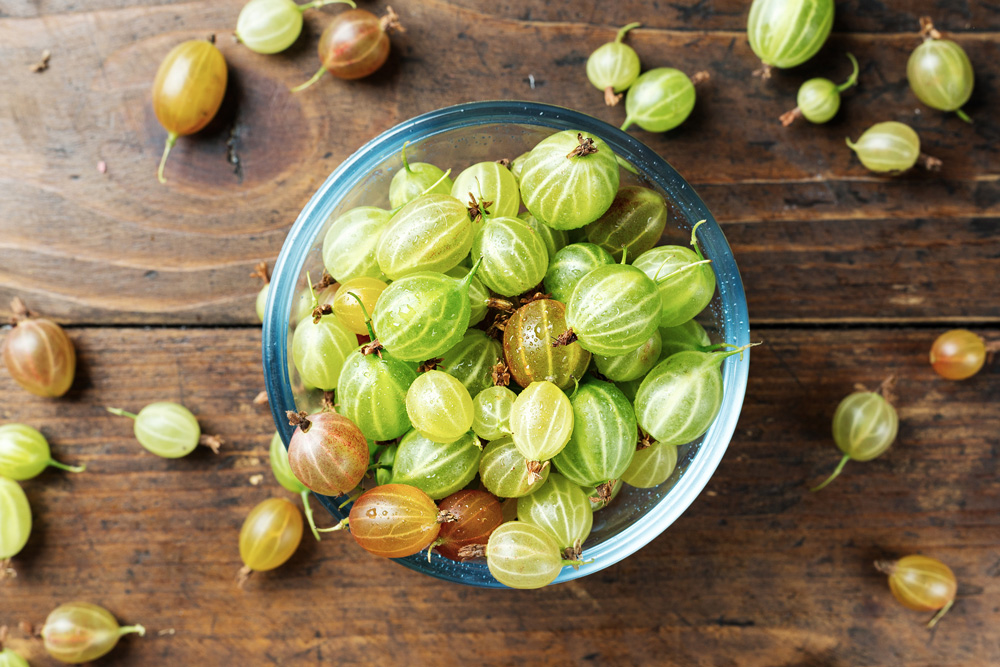
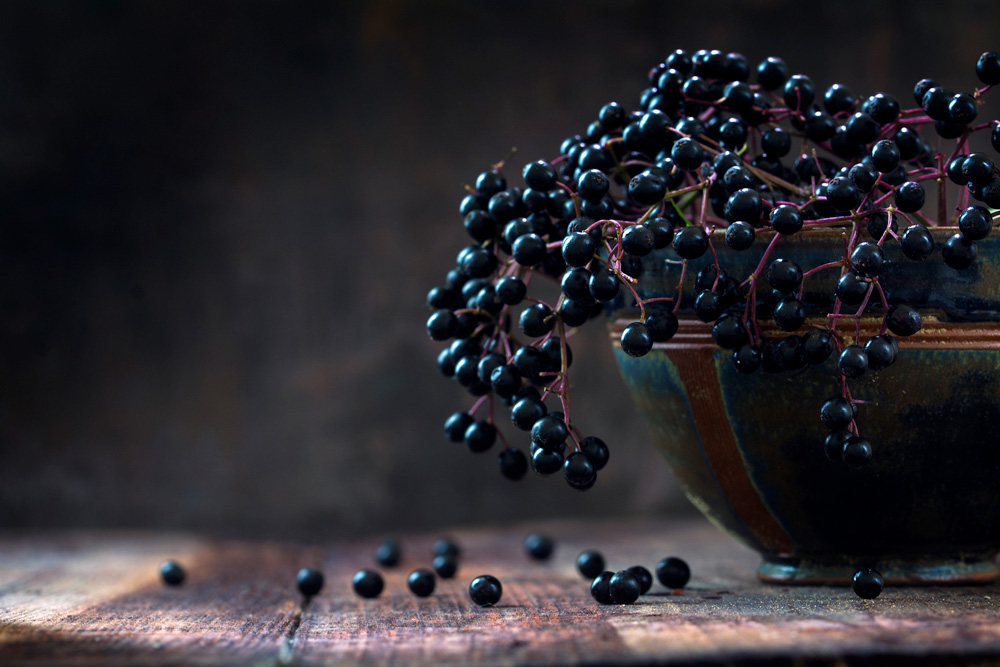
Elderberry plants have a nice display of flowers before fruiting in the late summer months. The fruit are known for their effectiveness in treating the flu, aiding with allergies and boosting overall respiratory health. The berries can be quite useful when making pie, syrup, wine, juice, marmalade, and relish. A few things to note: some varieties need cross pollinating to bear fruit, the berries must cooked before consumed, and they are native plants making them relatively easy to grow.
This amazing food is actually native to many parts of the world. Several thousand varieties of grape exist for eating fresh and wine making. They contribute to our health by offering fiber, potassium, and other vitamins and minerals to our diets. Grapes are vines that need a trellis or fencing for support. Well drained, sandy soil will improve the chances of success with these plants along with proper pruning- yearly cutting back to one main cane. Be sure to pick them when ripe as they will not continue to ripen once removed from the vine.

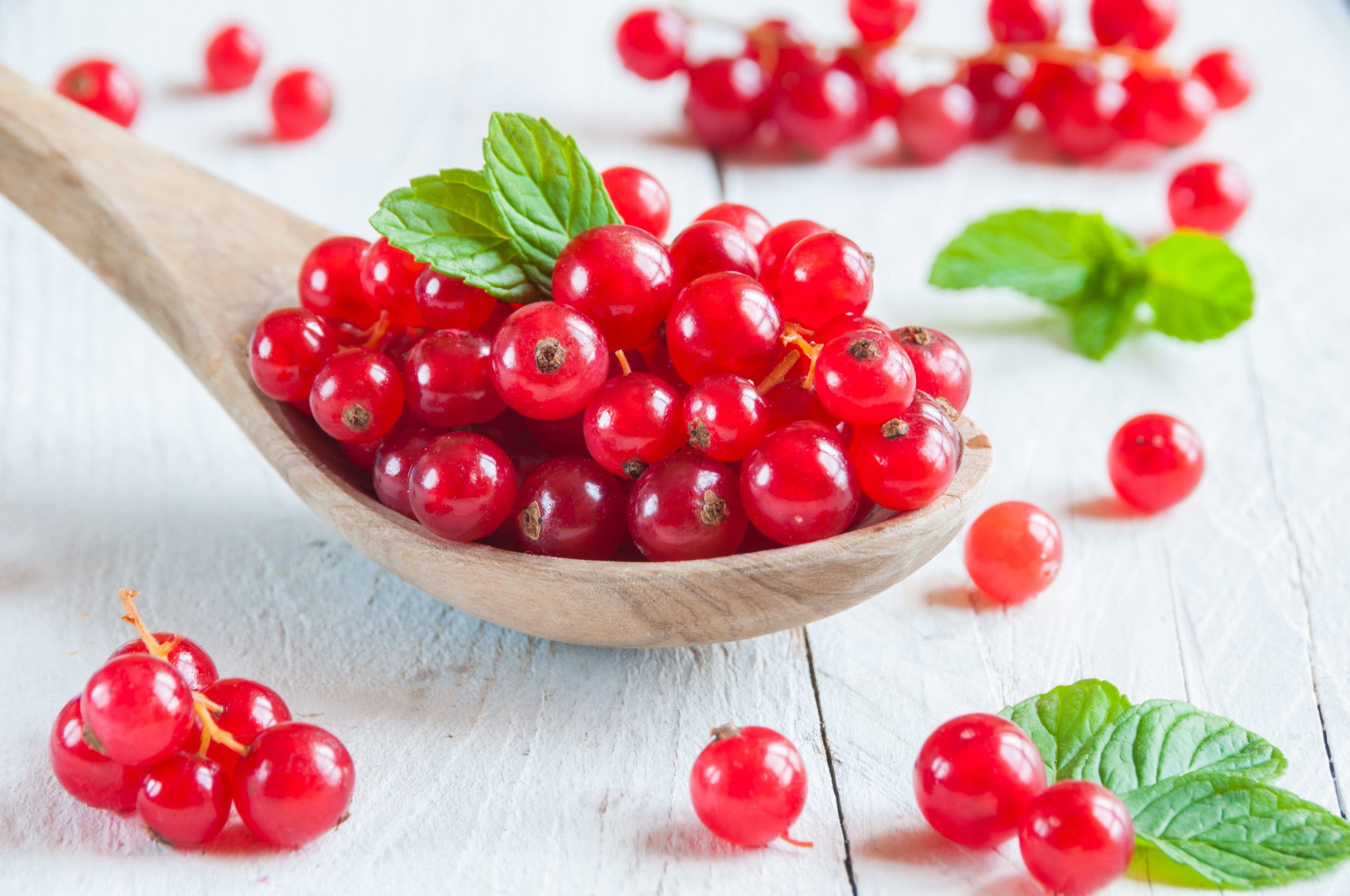
Red and white currants are both classified as members of the same species, Ribes sativum, while the less common black currant is known as Ribes nigrum. They may be small, but they are actually tiny powerhouses of essential vitamins, minerals, and antioxidants. Red currants are often made into jams, as well being used in various desserts, drinks and in alternative medicine. White currants are slightly smaller and sweeter than the red ones. They are often served raw and provide a sweetly tart flavour, but can be used in jellies, preserves, wines, and syrups. Black currants have a high content of pectin and for this reason, they are used more in jams, jellies, sauces, alongside meat and other dishes. Currants arrive at the end of spring and are appealing to people and pollinators alike!